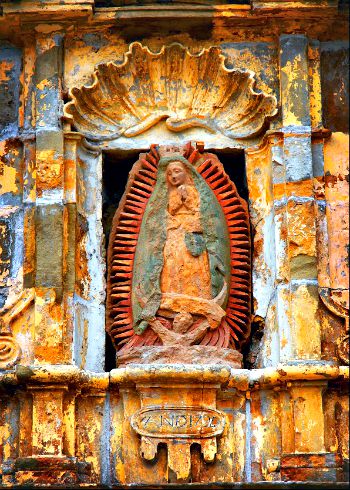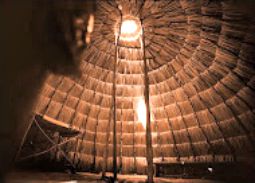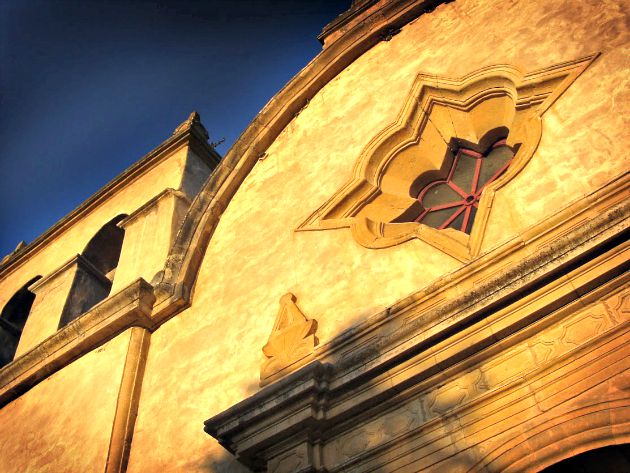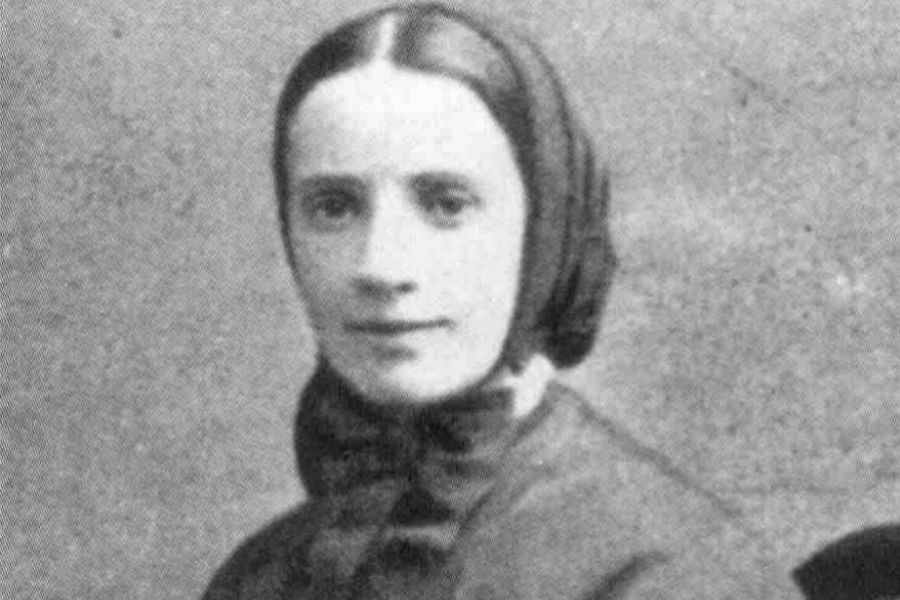Father Junípero Serra’s Canonization Provides Chance to Set Record Straight
Pope Francis’ move to canonize the Franciscan missionary may finally dismiss myths that have obscured the saint’s real legacy.

WASHINGTON — Pope Francis’ canonization of Blessed Junípero Serra may have provided the Catholic Church an opportunity to reclaim the 18th-century Franciscan’s true legacy as an evangelizer and advocate for California’s native peoples from popular myths and narratives.
Ruben Mendoza, an archaeology professor at California State University in Monterey, who is a Catholic both of Mexican and Yaqui Indian descent, believes that the canonization has created an environment to restore Father Serra’s reputation “as a person devoted to native peoples.”
The criticisms of Blessed Junípero’s legacy today range from the operations of the missions themselves to blaming the priest for the abuses that happened during the Spanish colonial period and the subsequent disasters that befell the California Indians.
“Francis is making this really strong push to rejuvenate compassion in the Catholic Church, and he’s totally missing the boat on this by not addressing the fact that here he is canonizing a man that huge groups of people see as responsible for what essentially was genocide,” said Washington and Lee University professor Deborah Miranda, a member of the Ohlone Costanoan Esselen tribe and author of the book Bad Indians: A Tribal Memoir.
Miranda said California Indians are struggling to keep their people, culture and identity together. They have far too little reservation land, few mineral and water rights and education and incarceration issues. Many tribes are not recognized by the U.S. government because of the fewness of their numbers.
Miranda added that California textbooks and mission museums wrap up Father Serra in 19th-century “pioneering mythology” that perpetuates stereotypes about the California Indians as lazy and having no culture, when they were the ones who built the missions and did have a pre-existing culture.
“My largest objection is that [the canonization] is going to continue the mistreatment and injustices that California Indians already face,” she said.

However, the archaeologist’s own research over 20 years has confirmed that Father Serra has become scapegoated for crimes that the Mexican and U.S. governments carried out.
The anti-clerical Mexican government that overthrew Spanish rule in the 1830s expelled the Franciscans and other religious, took over the missions and robbed the California Indians of their lands and livestock they maintained, turning them over to local settlers for the ranchos, said Mendoza. The worst blow, however, came from the U.S. government, which paid Gold Rush-era settlers more than $1 million in rewards for carrying out an explicit campaign of extermination that would fit the definition of genocide coined during the Second World War.
Within 12 years, Mendoza said, “More than 120,000 Indians out of the more than 150,000 California Indians that still existed at the end of the Mexican period were wiped out.” He and others are asking the California Legislature to establish a permanent day of remembrance to acknowledge the state’s role in “one of the most horrific genocides in the history of California.”
Finding Serra the Saint
Who is the real Father Junípero Serra, then? Mendoza has spent years pulling back the myths to reveal a man who was — in fact — a saint. But more than that, it was the California Indians who first declared him a saint and prayed for his intercession.
By the time he died in 1784, Father Serra had baptized 6,000 California Indians and founded the first nine of California’s 21 missions.
According to Mendoza, thousands of California Indians mourned the passing of the beloved priest. When the Franciscans tried to stop them from cutting relics of his tunic, saying he was not a saint, the California Indians rebuked them saying he was “Padre bendito, padre santo … the blessed father, the saintly father.”
“From that time onward, people, including his contemporaries, saw him as likely to be a saint,” he said.

“He followed his deepest desire to follow in the footsteps of St. Francis, and he never wavered in that commitment,” Senkewicz said. His drive to spread the Gospel could even grate on his colleagues. And some aspects of the mission life — including flogging and other corporal punishments that were doled out to Indians, Spanish soldiers and even himself — would not be countenanced in the modern era.
“His sanctity was conditioned by the times in which he lived, and there are some things about those times which we would not find acceptable in our own time,” he added.
Native Advocate
Father Serra also went to lengths to advocate for native peoples. Mendoza pointed out that, in one instance, the Franciscan made a painful journey on foot to Mexico City to get the cruel Spanish commander of the Monterey presidio removed by the viceroy. He also returned with a document that served as a bill of rights for the natives in the missions against the military and European colonists.
Contrary to the myth that Father Serra was imposing European culture on cultureless Indians, there is evidence suggesting Father Serra had respect for the natives’ culture and their love of nature, according to Senkewicz. This can be seen from some of the friar’s own correspondence, as well as from recovered artifacts of native art that depict angels, saints and biblical characters as California Indians.
Rather than replacing Indian culture with a transplanted European culture, Father Serra was seeking to combine the best of native culture with the Catholic faith, following the template that Mexican Catholicism had taken for more than 200 years and symbolized by the Mestiza Virgin of Guadalupe, whom Father Serra revered.
“It’s accurate to say he tried to make them Catholics and take the best in native culture and use that to bring them to Catholicism,” Senkewicz said.
However, he added this developing cultural fusion was dealt a mortal blow by the Mexican government’s takeover of the missions.
“Once secularization occurred, those cultural communities were basically destroyed,” Senkewicz said.

Restoring History With Canonization
The California Catholic Conference is taking steps to revise Catholic curricula, as well as the information in the mission museums, to reflect the findings of the best contemporary scholarship on Father Serra and the era and restore the perspectives and prominence of the California Indians in its telling of the history.
Father Tom Elewaut, pastor at the Mission San Buenaventura in Ventura, Father Serra’s ninth and final mission, has already been carrying out that effort at the mission. He said it is clear from the friar’s writings that he was a saint who valued the native peoples.
“He wanted to bring them the Gospel, and he considered them as his sons and daughters,” he said.
The pastor has also made efforts to honor the Chumash Indians at the mission and better tell their story and role in the mission’s life and success.
“It was founded by the padres, but built by the Native Americans.”
The controversies that have obscured Father Serra’s real history are not lost on Pope Francis, in Mendoza’s opinion. In fact, Mendoza thinks that the canonization may be the Pope’s chosen vehicle to set the record straight.
“I think he placed him in the glaring light of the media and the Catholic faith,” he said, “so we can introspect, examine and understand Father Serra, the Catholic faith, missionary enterprise and the evangelization that continues to this day.”
Peter Jesserer Smith is the Register's Washington correspondent.

















